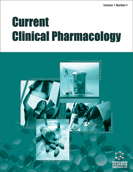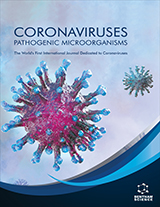Abstract
Currently, analytical techniques play a crucial role in drug discoveries and
isolation processes. Different advanced methods are available for screening natural
resources into desirable forms. Among them, chromatographic techniques are the most
reliable and applicable for small quantities of samples. Chromatography is a technique
for separating mixtures that depend upon differential affinities of solutes between two
immiscible phases. One of the phases is a fixed bed of a large surface area while other
fluid flows through or over a fixed phase. The greatest utility of chromatography lies in
its ability to separate mixtures of solutes so that several individual substances may be
quantities isolated in a pure state. Separation and identification of a natural substance
can be challenging. Natural substances are a mixture of different components with
different physiochemical properties. They are available as natural sources in large to
small quantities in the form of a mixture. Herein, we are trying to explain different
types of chromatographic techniques and types of strategies adopted to identify and
isolate natural substances.






















